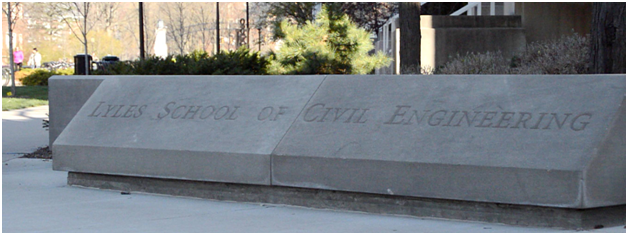As nuclear power plants age, they are subjected to "cracking, fatigue, embrittlement of metal components, wear, erosion, corrosion and oxidation." Embrittlement is a is the formation of cracks in the steel components over time as they are bombarded by neutrons. This creates tiny holes inside the crystal matrix of the steel. These tiny holes combine to form bigger and bigger holes that eventually become visible cracks. It is a major problem at nuclear power plants. As more and more cracks develop from damage to the crystal matrix, the steel becomes increasingly brittle and the danger of leak developing or a component actually breaking increases. Cracks in the steel containment vessel that encloses the core could lead to a breach of containment and a serious release of radioactive materials.
Regular inspections of steel components are necessary but such inspections are subjective, boring, and time consuming. In addition, many of the components are submerged in water and are too dangerous for human inspection because they are radioactive. Robots with video cameras can be sent to do the inspections but the underwater conditions make visual inspection of the video images by human operators difficult. Recent analysis of the accuracy of direct human inspection and human inspection of videos recorded by robots are not sufficient to satisfy modern safety requirements.
Automated systems are being developed to carry out these inspections but they have had problems because cracks are often small, have low visual contrast, and are similar in appearance to welds, scratches and grind marks. The Lyles School of Civil Engineering at Purdue University has recently created an advanced automated inspection system for cracks in nuclear components. Their new system is superior to previous systems in the identification of such cracks. The new system is called CRAQ which stands for "crack recognition and quantification". They used machine learning to develop an advanced algorithm that uses the changing visual texture around cracks to identify them.
Previous automatic inspection systems were only able to process single images. The new CRAQ system can process multiple video frames for better results. They are using Bayesian data fusion that combines data from multiple video frames to enhance crack detection. The Bayesian approach allows the system to excel at determining whether a particular visual feature is actually a crack or some other type of marking such as a weld or scratch. The system outlines detected visual features with a box on the screen so a human operator can easily find them. The color of the box is a measure of the confidence of the algorithm with a red box indicating the highest confidence for the presence of a crack.
Future work will involve developing a completely automated system that utilizes computational software and advanced simulations. The second version of the software will utilize Constitutional Neural Networks and "deep learning" to improve performance. This type of artificial intelligence has been found to be particularly good at developing sophisticated visual recognition systems.
